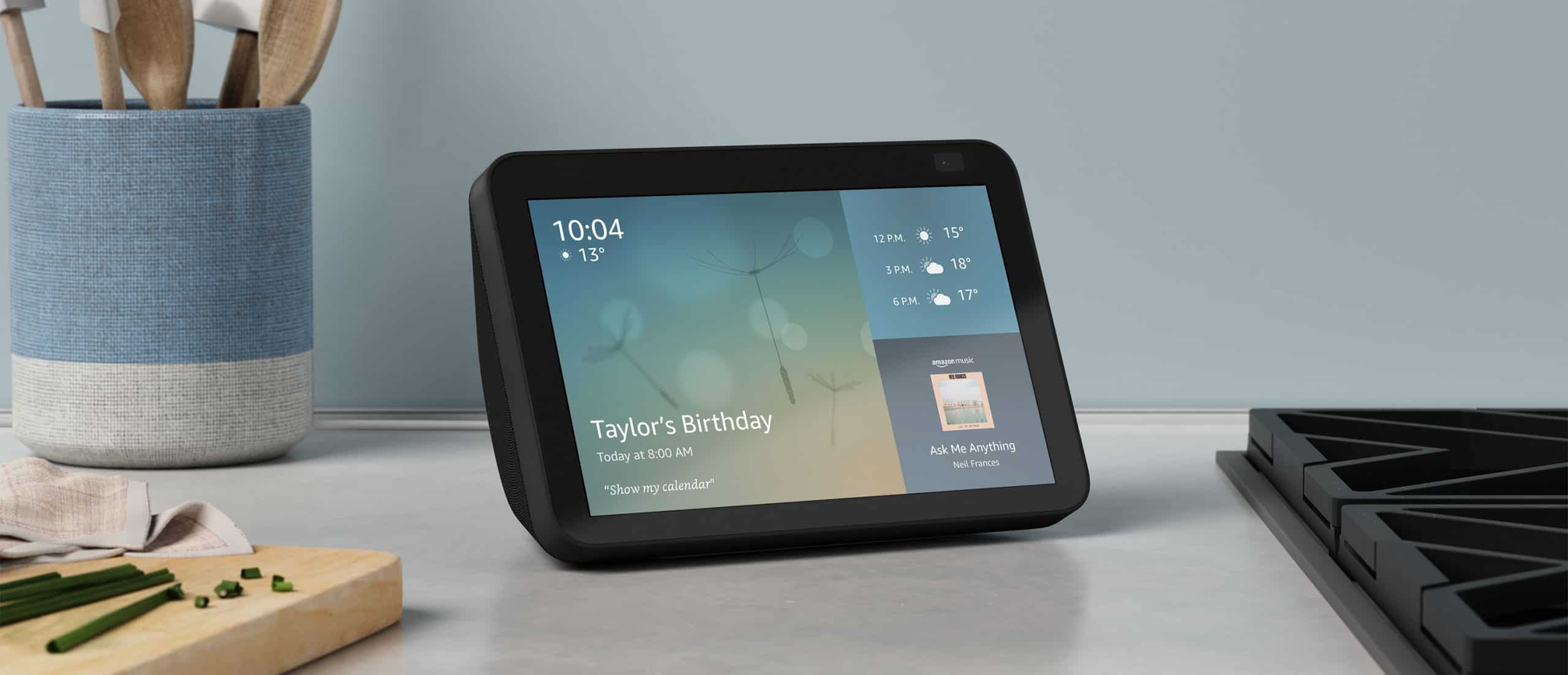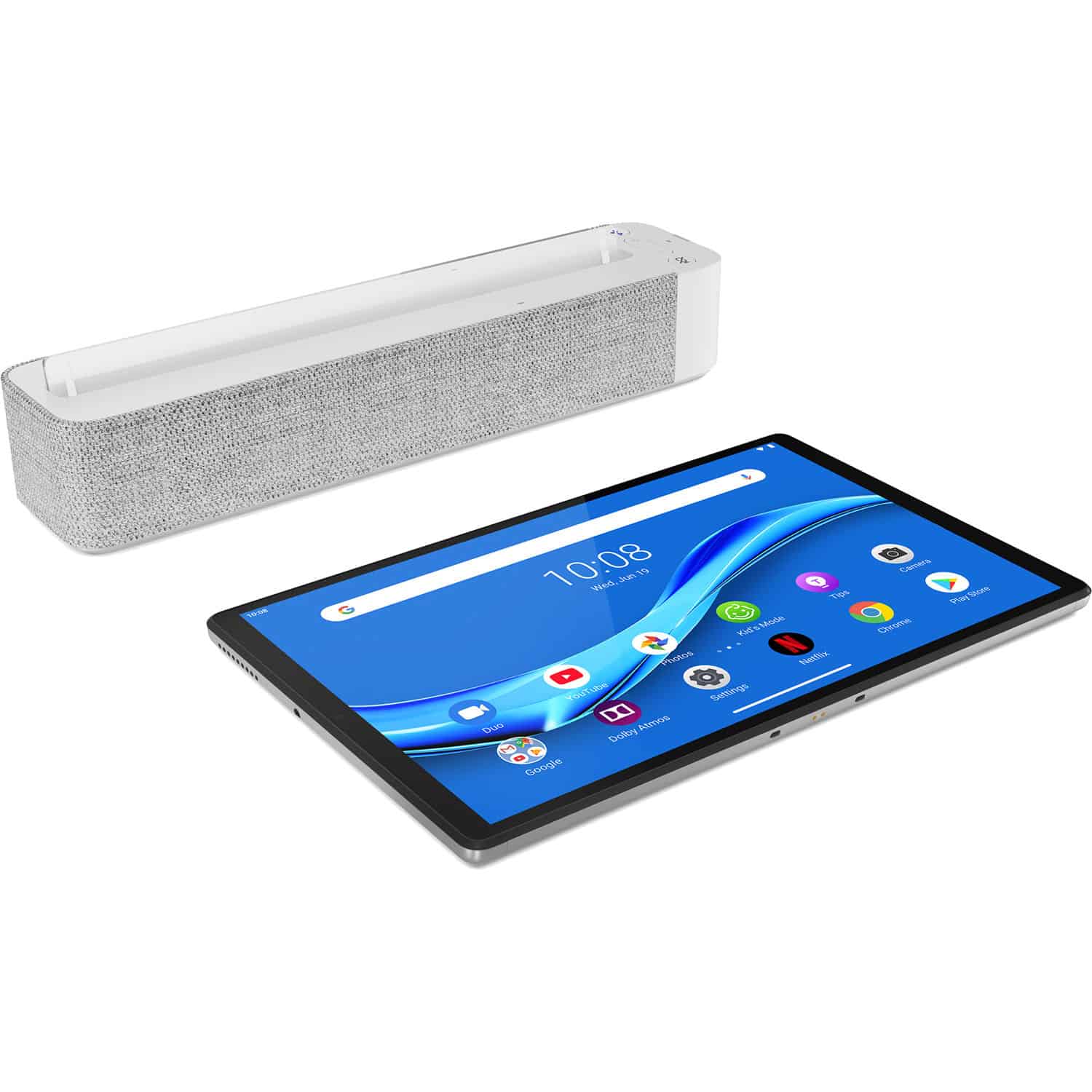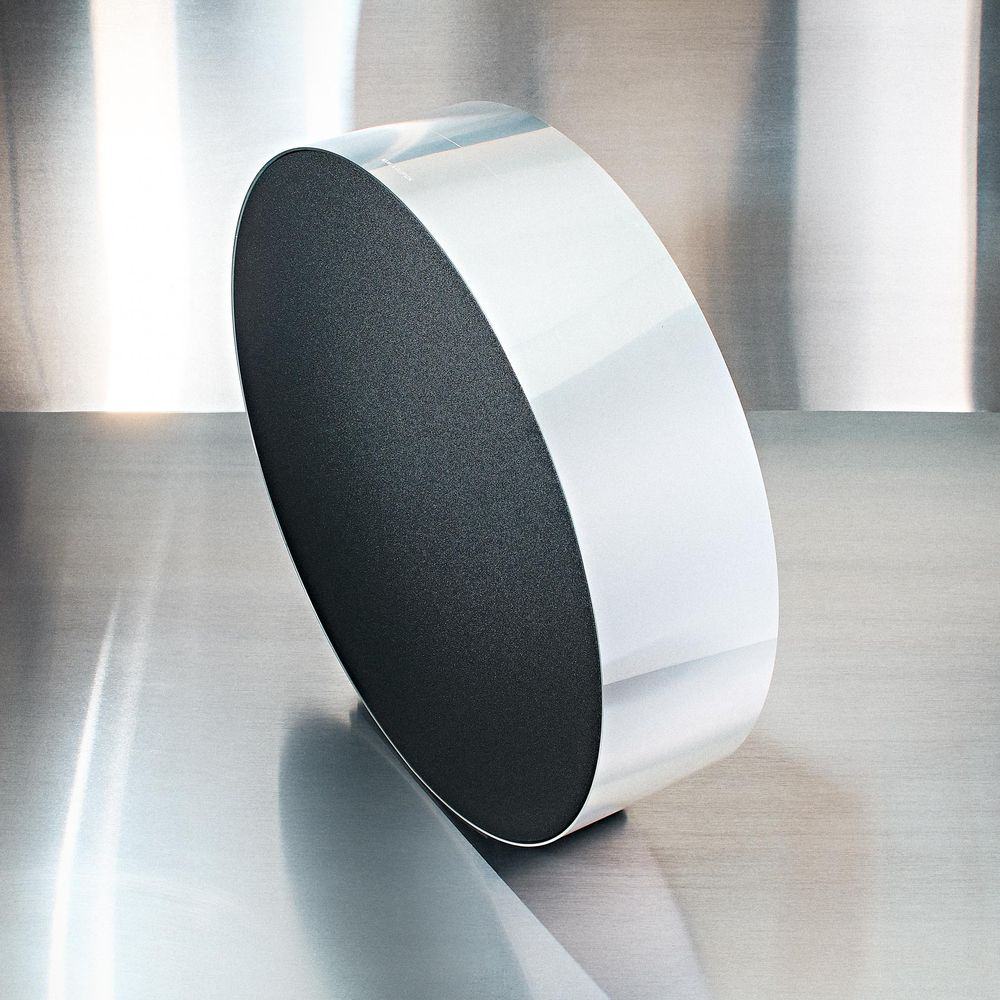If you’re not aware, a voice-activated device is one that makes use of speech recognition to understand spoken commands and answer questions, and for several years, it has helped to assist customers and enhance productivity. To join in the fun, see 5 Best Voice Activated devices For your office:
1. Amazon Echo Show 8:

This is a brilliant device to improve your video conferencing experience at your place of work. It possesses an 8-inch HD screen and stereo sound plus Alexa that helps with the management of your day.
Must Read: How Do I Use My Amazon Echo With Two Amazon Accounts
Users can even connect with their colleagues via video calls and messaging with those who have the Alexa application or an Echo device.
2. Bose Home Speaker 300:

This Bose device provides lifelike sound with a built-in Amazon Alexa and Google Assistant for hands-free voice control experience. With Alexa, you’ll be able to make or receive phone calls with this smart speaker to Bose smart products, Amazon Echo products, and so on.
Must Read: 5 Best Smart Speakers
Users can even make things happen hands-free and phone free. It also possesses a noise-rejecting microphone system that listens in every direction for your voice.
3. Lenovo Smart Tab M10 Plus:

This device is home to a 2.3 GHz octa-core processor along with 2GB of RAM and 32GB of storage. It comes with a built-in Alexa, a 10.3? FHD screen and dual speakers for conference calls.
Users will be able to enjoy the hands-free video and audio calls or communicate with fellow workers via connected Alexa devices. You can even stream or play videos, see weather update, use several Alexa skills, dim the lights, or change the temperature with only your voice.
4. Sonos One (Gen 2):

This is a brilliant smart speaker with built-in voice control and it possesses its personal Sonos application, Apple AirPlay2, Google Assistant and Amazon’s Alexa voice control.
It provides multi-room audio with flexible stereo and surround configurations and it is WIFI enabled. To aid this voice control, Sonos ensured this speaker came with 6 internal microphones. It is available in 4.72 x 4.72 x 6.34 inches plus it weighs 4.08 pounds.
5. Bang & Olufsen Speaker:

This speaker provides amazing sound performance, a slimmer design and an intuitive button interface. This battery will last about 18 hours at regular listening volumes and up to 43 hours at low volume.
Must Read: 5 Best Ikea Smart Home Gadgets
It is IP67 certified, making it fit to withstand dust or sand particles while protecting it against immersion in deep water. With its built-in Amazon Alexa, you’ll also be able to use voice commands to play songs, change tracks, make phone calls and so on.
wrapping up:
There you have it – a comprehensive list of 5 Best Voice Activated Devices For Your Office. If you have other recommendations, feel free to drop them in the comment section below.
More Information On Gadgets:
A gadget is a small tool such as a machine that has a particular function, but is often thought of as a novelty. Gadgets are sometimes referred to as gizmos.
In the software industry, “Gadget” refers to computer programs that provide services without needing an independent application to be launched for each one, but instead run in an environment that manages multiple gadgets.
There are several implementations based on existing software development techniques, like JavaScript, form input, and various image formats.
The earliest documented use of the term gadget in context of software engineering was in 1985 by the developers of AmigaOS, the operating system of the Amiga computers (intuition.library and also later gadtools.library).
It denotes what other technological traditions call GUI widget—a control element in graphical user interface. This naming convention remains in continuing use (as of 2008) since then.
It is not known whether other software companies are explicitly drawing on that inspiration when featuring the word in names of their technologies or simply referring to the generic meaning. The word widget is older in this context.
In the movie “Back to School” from 1986 by Alan Metter, there is a scene where an economics professor Dr. Barbay, wants to start for educational purposes a fictional company that produces “widgets: It’s a fictional product.”



